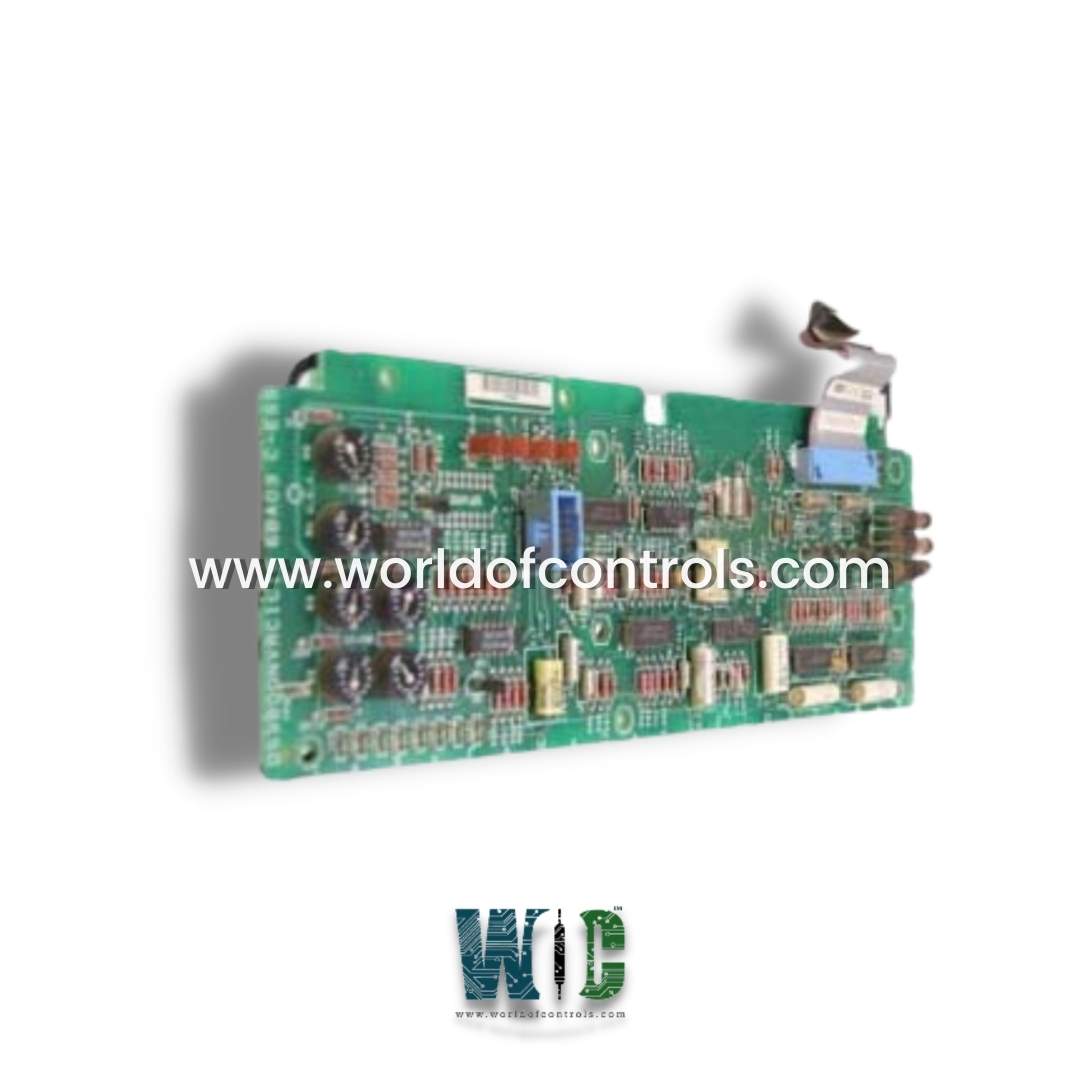
World Of Controls understands the criticality of your requirement and works towards reducing the lead time as much as possible.
DS3800NVRC1A - SVR Controller Card is available in stock which ships the same day.
DS3800NVRC1A - SVR Controller Card comes in UNUSED as well as REBUILT condition.
To avail our best deals for DS3800NVRC1A - SVR Controller Card, contact us and we will get back to you within 24 hours.
Part Number: DS3800NVRC1A
Manufacturer: General Electric
Series: Mark IV
Product type: SVR Controller Card
Availability: In Stock
Country of Manufacture: United States (USA)
DS3800NVRC1A is an SVR Controller Card designed and developed by GE. It is a small daughter board within the Mark IV control system, which is designed to be mounted on a larger motherboard. The compact size of the SVR card allows it to fit within the constrained physical space of the control system while still offering essential functionality. It connects to the main control system’s motherboard via a ribbon wiring harness, which is a flat, multi-conductor cable that allows for efficient, organized, and reliable data transmission between the daughterboard and the rest of the system. The ribbon harness ensures that the SVR card is properly integrated into the broader control system, transmitting data signals necessary for speed and voltage regulation.
WOC is happy to assist you with any of your GE requirements. Please contact us by phone or email for pricing and availability on any parts and repairs.
What is DS3800NVRC1A?
It is an SVR Controller Card designed and developed by GE.
How does the system handle failures in critical sensors?
If a failure occurs in one of the sensors, each section (R, S, or T) can independently assess the turbine's condition and decide how to limit fuel or take corrective action. This ensures that even in the event of a sensor failure, the turbine continues to operate safely by using the remaining functional sensors.
How does the system ensure the turbine remains reliable and efficient?
By distributing critical sensors across multiple sections, ensuring each section can independently assess turbine conditions, and minimizing the complexity of sections R, S, and T, the system reduces the risk of failure. The direct communication with C for non-critical sensors and the auxiliary display further enhances reliability, allowing the turbine to function optimally even in the case of partial failures.